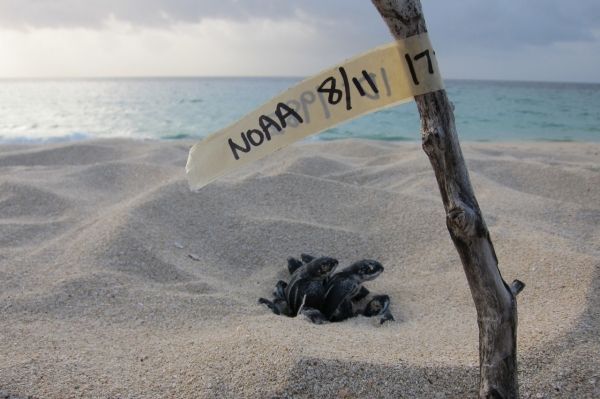Just like forensic scientists use DNA fingerprinting to solve a crime, scientists can study sea turtle DNA to unlock important clues about their biology.
“Hidden in a hatchling’s DNA is its entire family history, including who its mother is, who its father is, and to what nesting population it belongs,” says NOAA scientist Peter Dutton, who studies the DNA of endangered leatherback sea turtles. “By applying DNA fingerprinting, we can answer many elusive questions about sea turtle mating and reproduction patterns.”
Studying these genetic signatures also helps managers determine where population boundaries are, where to focus conservation efforts, and what threats might be population specific.
Now NOAA scientists and partners are taking their genetic research one step further. They are going beyond the population level to investigate individuals and collect evidence on life history, mating strategies, and how individuals form family groups.
Continue reading at NOAA Fisheries.
Image via NOAA Fisheries.


